View more
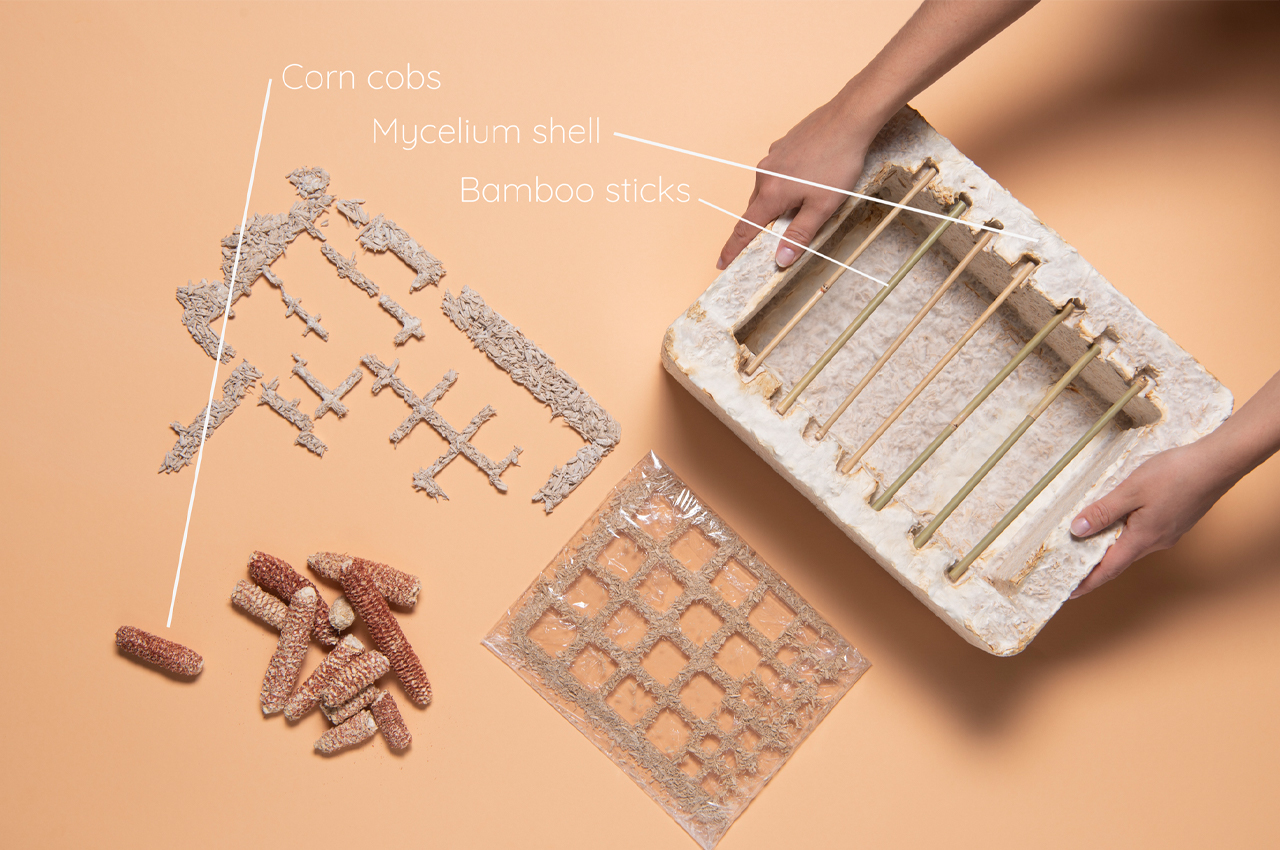
Try to picture the word ‘mushroom’ in your head and I’m sure your brain conjures the archetypical button or oyster mushroom that most of us know and love. However, that tiny umbrella-shaped organism is just a tiny fraction of what a mushroom actually is. The part that emerges from the ground is merely the ‘fruit’, which contains spores to help the organism propagate further… but look underneath the surface and you’ll stumble across the mycelium, often considered the true ‘body’ of the mushroom. Often tens or hundreds of times larger than the tiny button-shaped fruits themselves, mycelium has some incredible benefits. It possesses leather-like properties, making it an incredibly suitable vegan alternative to animal-based leather, but more importantly, its fleshy, spongy mass has the ability to grow at a rapid pace, making it a great replacement for styrofoam and a bunch of other moldable materials. The fungus-based material grows by decomposing and ingesting natural waste (which is a win in its own regard), has the ability to self-heal and regrow at rapid speeds, and the best part, is entirely natural, making it eco-friendly and inherently biodegradable. This mycelium single-use biodegradable grill is a perfect example of how the material could revolutionize 2024.
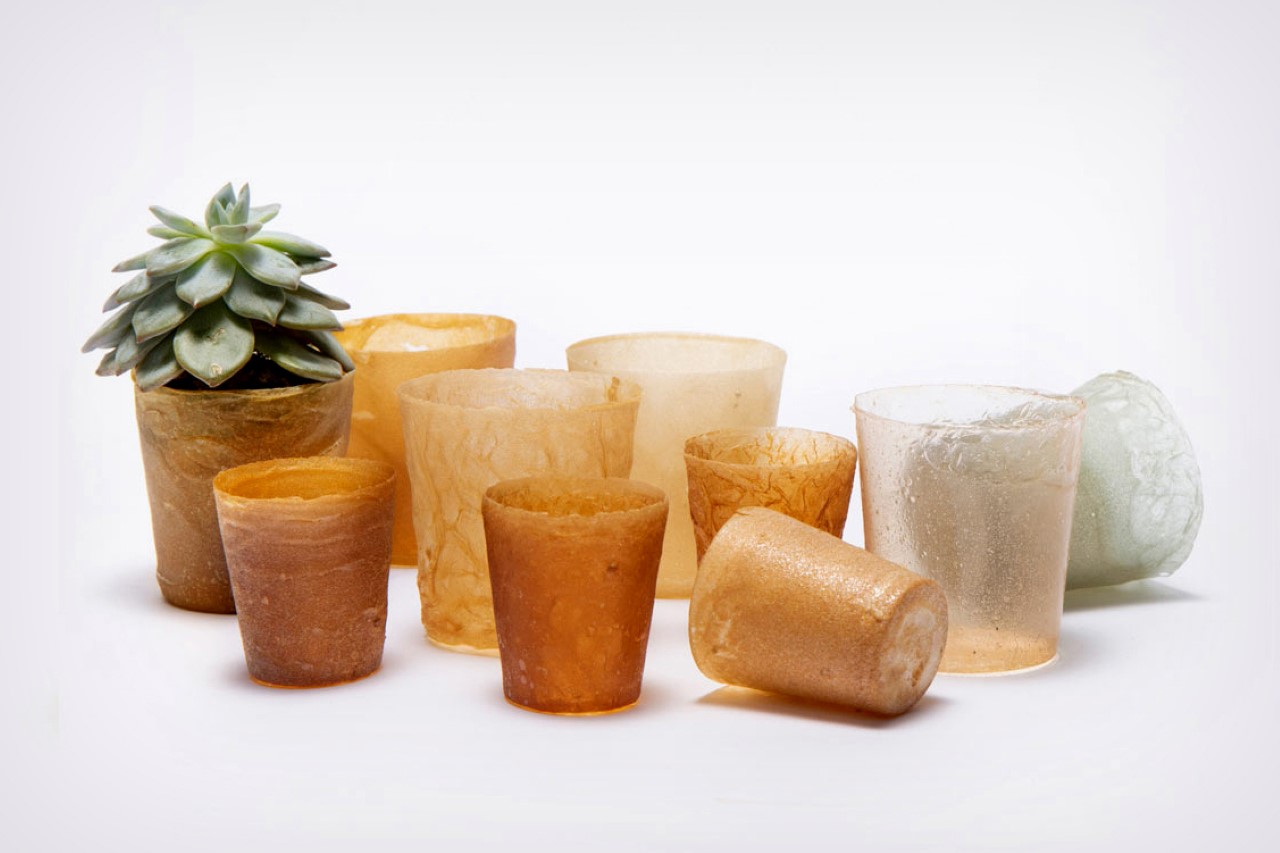
While mycelium won’t completely replace moldable materials like plastics, petroleum-based plastics are seeing some stiff competition from naturally derived polymers or even polymers that integrate natural composites into them. Traditional plastics are derived from crude oil and have a notorious inability to degrade into soil, causing pretty much every conceivable problem in modern history from landfills to ocean trash and those pesky microplastics that are now finding their way into humans and pretty much every part of nature. Bioplastics are derived from naturally occurring materials (like corn or hemp), allowing them to be molded and manufactured just like regular plastic, but with the added benefit of being biocompatible and degradable. Biocomposites, on the other hand, use natural filler materials and natural binders to create a plastic alternative that’s stiff, durable, and resistant to external elements. The most common biocomposites we’ve seen make use of waste like coffee grounds or grain husks, binding them with natural binding agents to create new materials with properties that mimic different forms of plastic… but with the added benefit of being nature-friendly, and waste-reducing. This no-compromise approach to material sciences make bioplastics and biocomposites a truly game-changing choice for 2024… and perhaps the most easily accessible too!
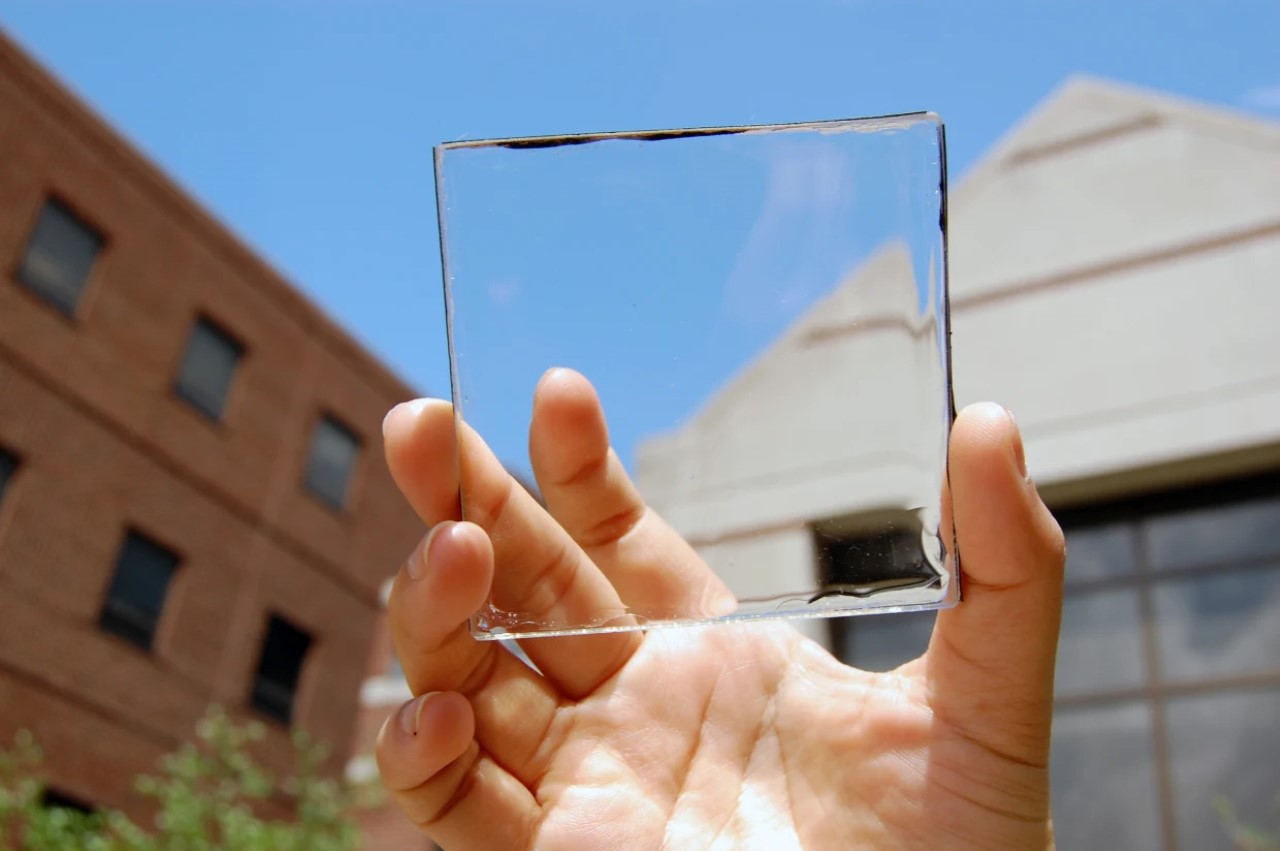
Imagine if your home windows could collect energy from the sun and supply your house with power. Or even more impressively, if your smartphone’s glass front could help charge your phone when kept out in the sun. The advent of transparent solar panels are slowly making this dream a reality. These panels offer advantages over traditional panels by being less visible and space-efficient. Despite being relatively new and pricey, ongoing technological advancements suggest future cost reductions, making them more accessible. The panels work by utilizing a special solar cell that absorbs light without darkening, enabling integration into windows and other transparent surfaces. This technology, although in its early stages, holds immense potential to transform solar energy utilization, effectively turning any glass surface into an energy source. The panels operate by letting visible light pass through while capturing ultraviolet and near-infrared energy, enabling power generation without relying solely on visible light. Their thinness and efficiency make them versatile for various applications, from powering devices to entire buildings, without compromising aesthetics. Think about how incredible it would be if you could park your car out in the open and return to a fully charged EV battery?!
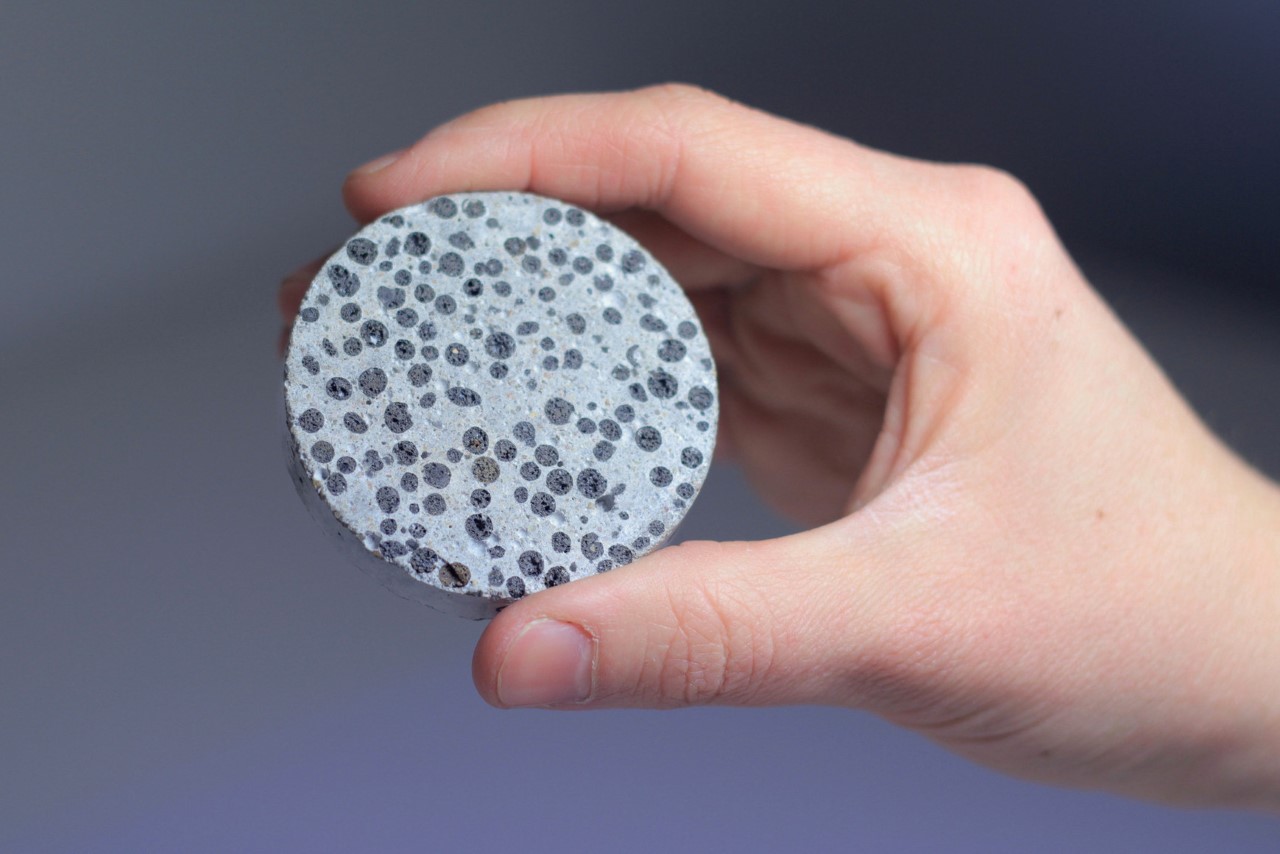
Perhaps the most exciting material type in this entire list, self-healing materials represent a category of materials that can ‘mend’ themselves over time, reversing any damage caused to them. The most obvious application is self-healing concrete, which allows cracks and signs of weathering in buildings to magically disappear, increasing the longevity of structures (done by incorporating specific elements such as fibers or capsules into a concrete mix that contains repairing solutions)… however, the applications in technology are incredible too. Self-healing paints/coatings could allow scratches on cars to automatically disappear when exposed to light or UV, and there have been significant advancements in self-healing polymers and glasses that could make tech damage less of a hassle. Imagine dropping your phone only to see the crack or scratch heal and disappear over time. That would make for a rather fun JerryRigEverything YouTube video!
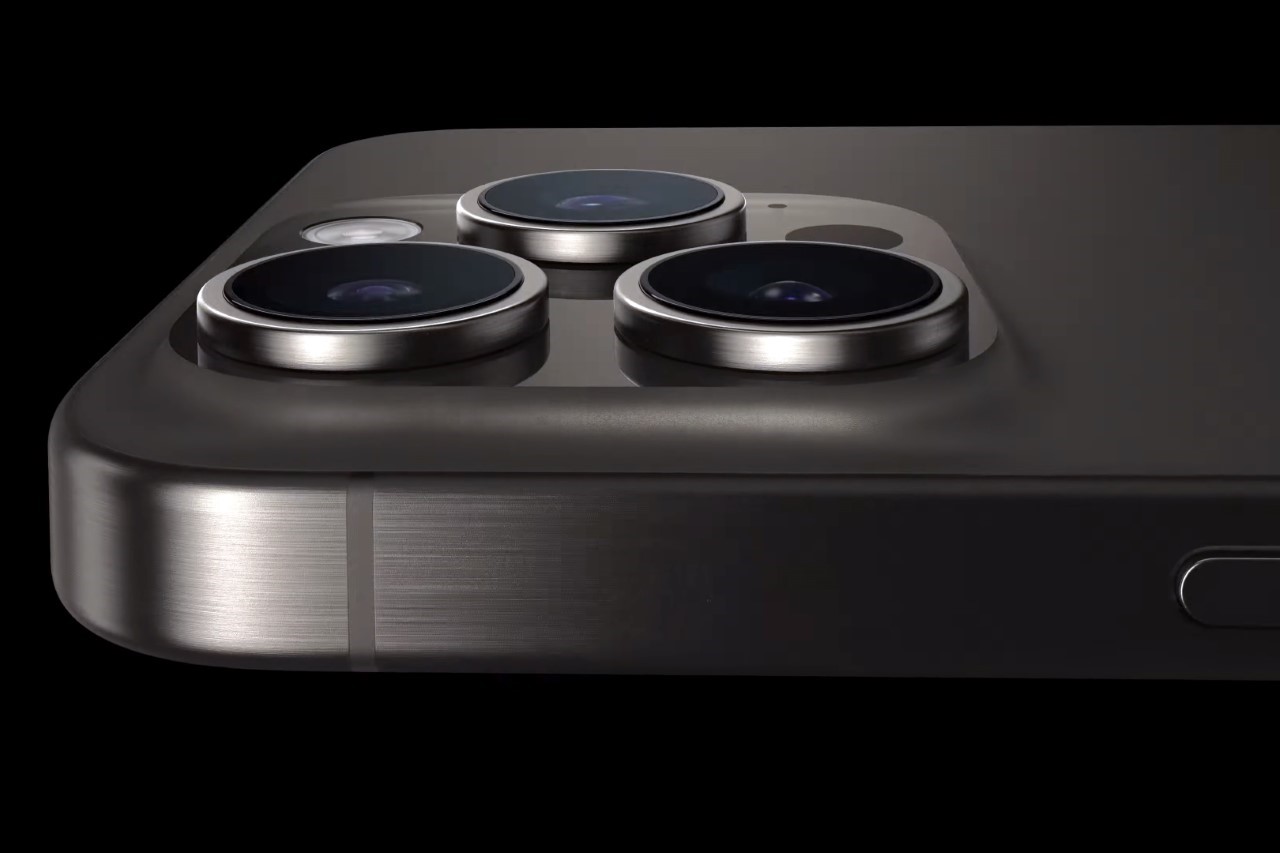
Although Titanium has been one of the go-to materials for EDC tool design and medical use, the fact that Apple and Samsung both launched titanium smartphones last year has massive implications for the world’s strongest metal. Sure, outside those few consumer electronics uses, Titanium has been around for decades… so why does it feature on this list? Well, Titanium sits at a unique crossroads – it’s lightweight, ridiculously durable, and it’s biocompatible (and therefore hypoallergenic). It doesn’t hurt that Apple and Samsung have done wonders for the material’s popularity too… so expect titanium to make more appearances in high-end wearables, bordering on even bionic products like BCIs (brain-computer interfaces) and other exciting products we haven’t seen yet!
기사원문링크>
https://www.yankodesign.com/2024/02/11/top-10-game-changing-materials-that-are-shaping-the-design-and-technology-world-in-2024/